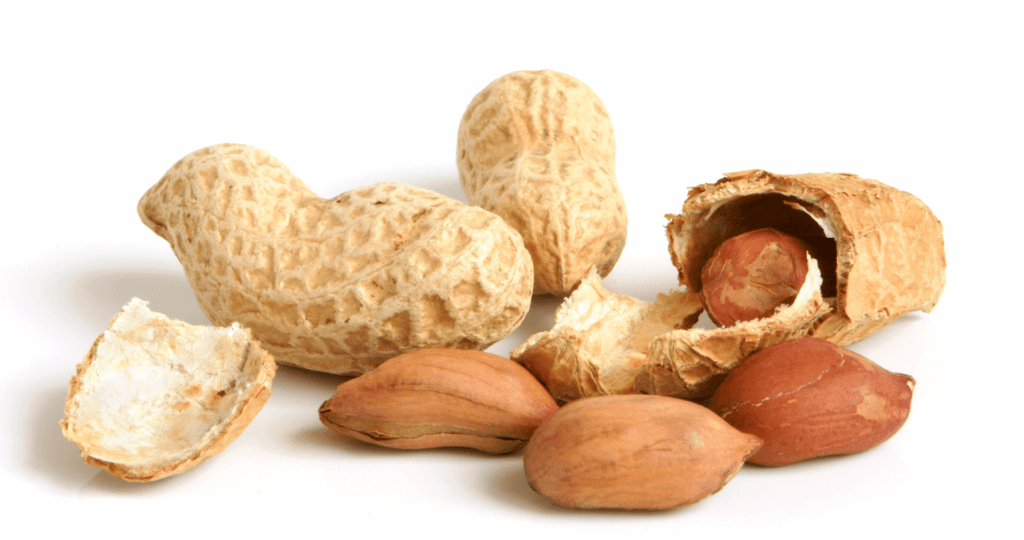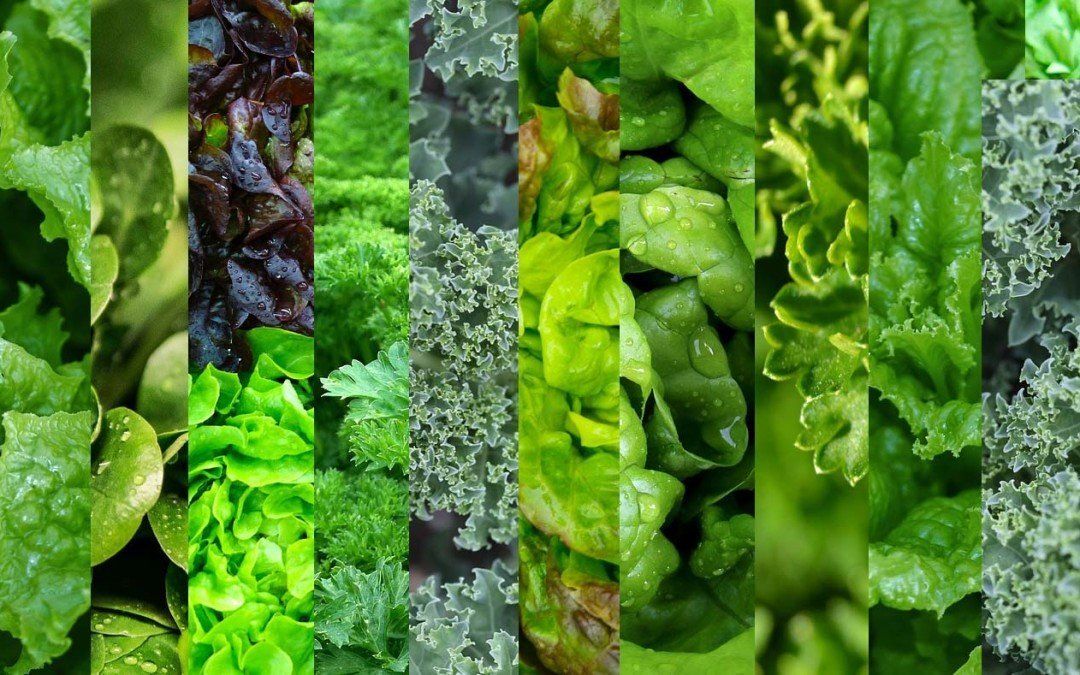Food Allergy, Intolerance or Sensitivity what’s the difference?
- By Jennifer McCollum
- •
- 12 Nov, 2016
- •
This is a subtitle for your new post

- A Food Allergy is an immune response to a certain food that has built up Immunoglobulin E (IgE) antibodies against that food. When this food enters the body it stimulates a reaction that results in the release of histamines. Symptoms can include rashes, itches, stomach pain and breathing difficulties. In sever cases it can be life threatening. An epi-pen (epinephrine injection pen) is prescribed to the individual to handle these life-threatening incidents.
- A Food Intolerance is usually due to inability to digest certain foods. An example of a food intolerance is lactose intolerance where the protein in milk causes gas and bloating as well as other symptoms when consuming dairy products. Another example is trouble digesting foods containing fats, when the gall bladder has been removed. Food intolerance does not involve the immune response that invoke the IgE antibodies.
- Food Sensitivities are complicated because they involve a delayed immune response with IgA and IgG and symptoms are less obvious then a food allergy. Testing for food sensitivities is important because long term damage caused by the immune system can become autoimmune reactive, such as the reaction of gluten intolerance turning into a sensitivity called Celiac disease, where the immune system is damaging the cell walls of the small intestine.
- Naturopathic doctors and Natural Practitioners have treatments for helping with food allergies, intolerances and sensitivities.


A recent report in Critical Health News by Ben Fuchs (Pharmacist) talked about CDD’s (chronic degenerative diseases) being related to gut health.
His teaching is what I have been saying for years: stop harmful foods, reduce trigger foods, move the lymph by rebounding (jumping on a miniature trampoline), walking, breathing deeply, drinking clean water & using Turmeric to reduce inflammation.
I’d like to comment in addition to his comments, that it is also imperative to note the importance of water to act as a solvent that breaks down larger molecules and helps us move blood and lymph, clean and plump cells, and remove waste out of the channels of elimination.

Curcumin, the active ingredient in Turmeric, is good for infections, inflammation, metabolic and immune disorders, dental health (gingivitis), psoriasis, thalassemia (inherited blood disorder), PMS, exercise induced soreness, diabetes, anxiety and depression, and colitis.
It is my firm conviction that the plant has all the ingredients to buffer harsh chemicals and aid synergistic responses when used wholly instead of stripping constituents and using them in an isolated format. Using tumeric longa as a whole root is more beneficial than the isolated curcumin form.

Folate is a B-vitamin found in leafy greens that prevents neural tube defects in developing fetus’. Spina-bifida is a neural tube defect, meaning the brain, spine and nervous system did not develop correctly. Four hundred micrograms of folate is recommended to prevent neural tube defects.
In a recent article in JAMA Pediatrics (June 2016), a study of obese mother’s with low folate levels were predictive of obese children. To prevent obesity in children optimal folate levels should be maintained during pregnancy by taking plasma readings before & during pregnancy.
Recommendations from the study maintain that the serum plasma levels should be 22 nm/L. See your personal physician for further information and evaluation.
